The governing establishments in Eastern European states sometimes produce red-brown symbols as part of the wider campaign to give the notion of red-brown equality an aura of official sanctioned status. The effects are obvious: People are being desensitized to the swastika, Soviet symbols are ‘artistically’ (i.e. via political kitsch) recombinated into the new Dual Equal Evil symbols making the revisionist history ‘true’. Severe pain is caused to families of Holocaust Survivors and anti-Nazi Soviet war veterans alike. The continued silence of the European Union, the OSCE and NATO encourages the drift toward the far right, which includes clean-up of the image of Nazi collaborators in elite circles, and glorification of Nazi symbols in more uncouth environments.
See 2016 efforts to “export” red-brown iconography westward to — Brussels
♦
Estonia
Official emblem of the Estonian International Commission for Investigation of Crimes Against Humanity
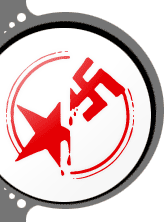
Keynote memorial structure at Tallinn’s major historical museum (here being honored by the presidents of Estonia and Germany).
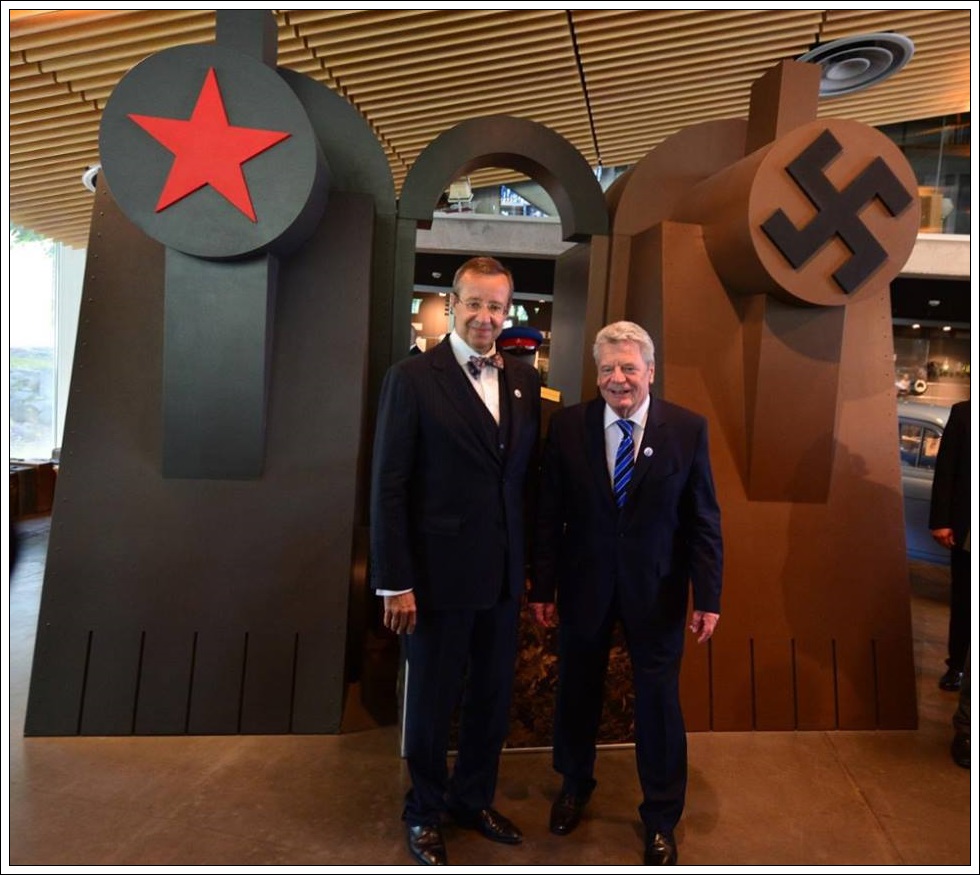
♦
Hungary
Emblems of the House of Terror museum in Budapest, which features a variety of red-brown juxtapositions. The first example that follows is from the entrance hallway of the museum. The second is the back cover of the museum’s official guidebook. The third is the iconography added atop the building itself.
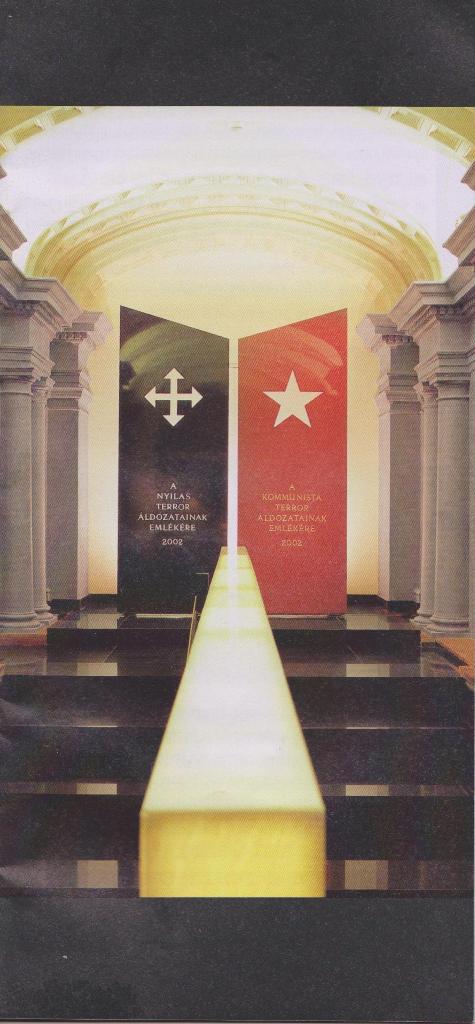
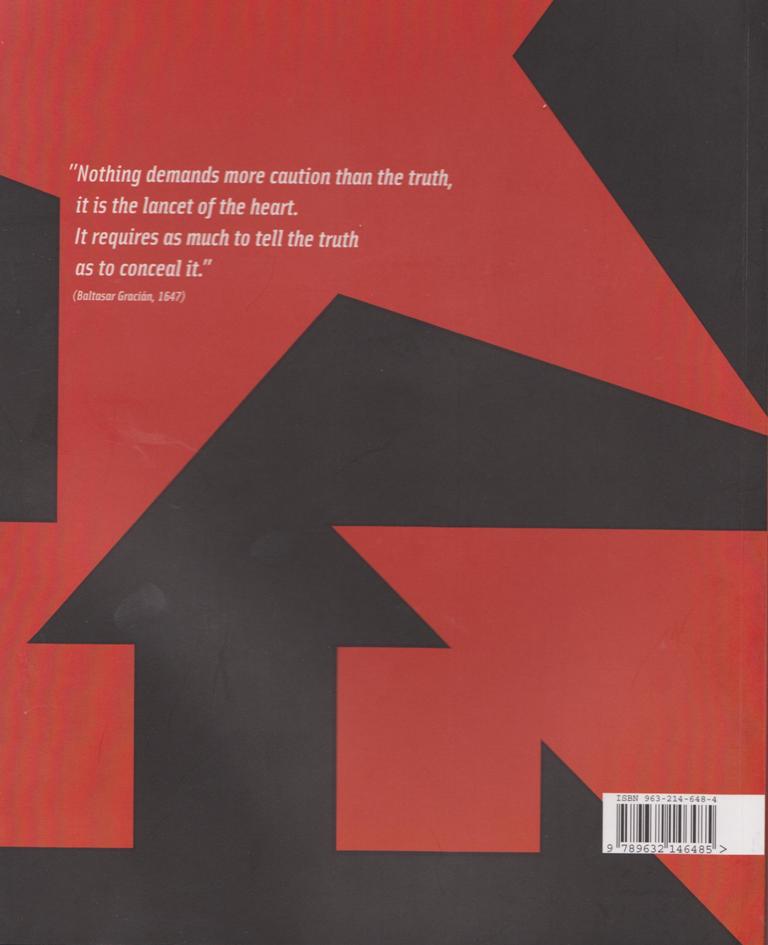

♦
Lithuania
Stamp & envelope set issued by the Lithuanian Postal Service, which incorporates three potent messages: (a) the alleged sameness of Nazism and Communism, symbolized by the graphic unification of th two symbols; (a) elevation to fact of the opinion that the Molotov-Ribbentrop pact of 23 August 1939 was the central aggression of World War II; and (c), the campaign for August 23rd to become a Europe-wide ‘Red-Brown Remembrance Day’ canonizing revisionist history internationally, and inevitably displacing or downgrading Holocaust Remembrance Day specifically, and undermining the sense of the notion genocide more generally.
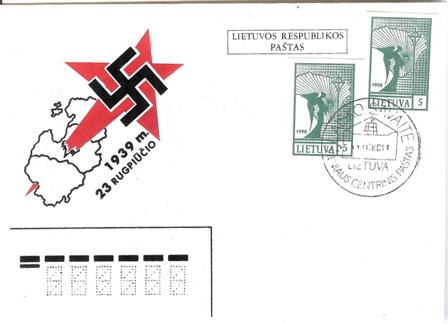
♦
Part of the ‘red-brown-mobile’ often seen in central Vilnius:

♦
The red-brown ‘scorecard’ produced by Delfi and published on various occasions in connection with news reports on red-brown ‘equivalency’ topics (e.g. in 2009; in 2011).
